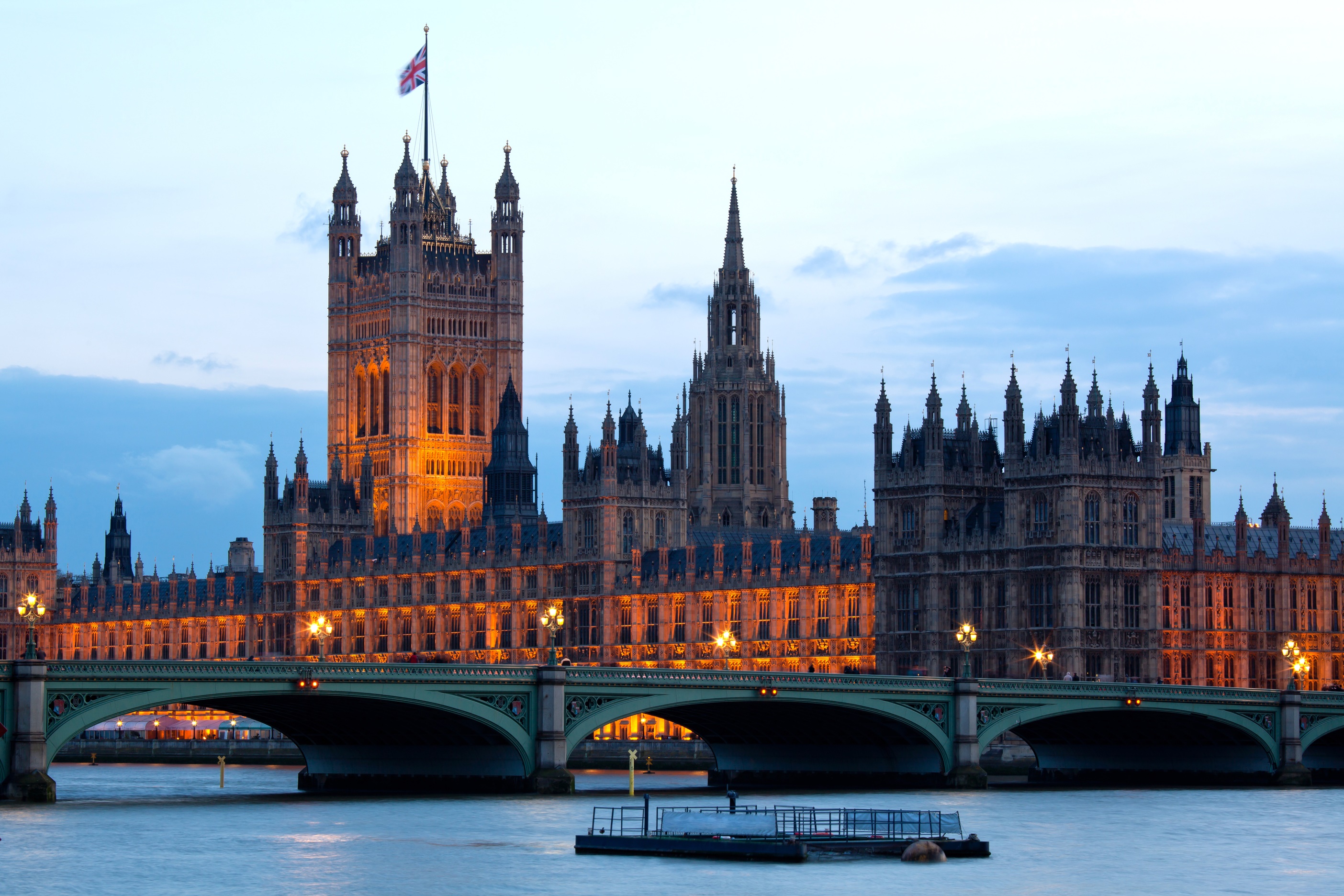It can be very easy to get bogged down in day-to-day activity but we all need to take the time to raise our eyes and look at the longer term. It can prove useful.
It is a commonly held belief that politicians have difficulty taking longer term decisions. Anything that may deliver results outside of their electoral term are put into the ‘too difficult pile’. The evidence for this is sadly all too obvious – look at social care, infrastructure investment and, of course climate change, as examples. Whilst such caricatures often contain a grain of truth, they are so simplistic that that obscure the more complex reality.
In that case of political audiences, that more complex reality does not rule out taking longer term decisions. But politicians do need to demonstrate progress and achievement. That does not in itself rule out decisions for the long term but does show us all that clear progress points are needed. Thinking about this slightly crudely, the politician needs to demonstrate to their electorate what they have been doing and why that means they should be re-elected. If we don’t understand this, we don’t understand our audience and so our engagement will be less effective. It is up to us to help provide such demonstrations of achievement.
This could mean stringing a number of campaigns together but with a longer term aim. But equally it could mean reacting to the longer term political aim and working backwards from that position.
Let’s take an example. I recently attended a speech given by John McDonnell MP, the Shadow Chancellor on Labour’s plan for infrastructure. He spoke at length, however, about their commitment to a climate change emergency programme with a target to secure net zero carbon emissions by at least 2050 (emphasis added).
It’s the ‘at least‘ that provides the public affairs opportunities. The party appears keen to engage with organisations that can help deliver the target early. So for those organisations, and especially businesses, that can deliver practical ideas and solutions then there are engagement opportunities.
Aside from helping the planet (!) in this scenario, focusing on the longer term can secure political space and provides something to build a longer term relationship with politicians over. Politicians will come and go, move jobs, or lose their seats. But by maintaining a watch on the longer term, you can achieve a consistency of presence that can outlive the political lives of some politicians.
Another way of thinking about this challenge is to fill in the blanks when longer term ambitions are set out. Very often in those circumstances, there can be a clear idea of what the aim is but not how to get there. It is sad to admit that sometimes politicians will set a headline target or policy but then look for others to help fill in the detail. That calls for proactive public affairs.
So those in public affairs need to help map out the staging posts, the achievements (short, medium and longer term) as well as being realistic about the challenges. Certainly politicians want to gain credit for the ‘wins’ but they also appreciate knowing about what could go wrong as well. Armed with this information they can take steps to manage the potential risk, aka loss of votes. All organisations manage risk and politicians are no different.
Whilst considering the long-term may not be the natural inclination of some politicians or governments, looking at the big picture can deliver the public affairs opportunities we need.

